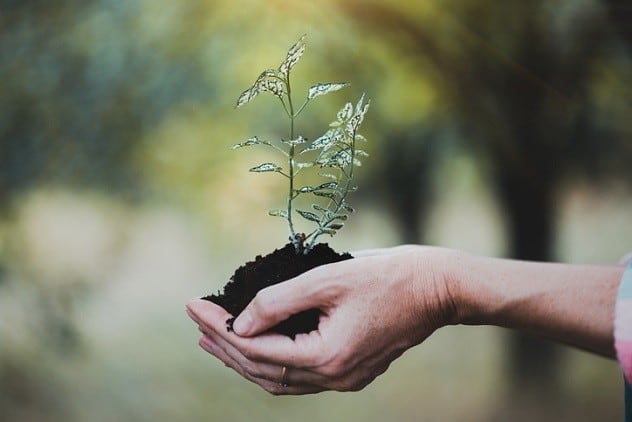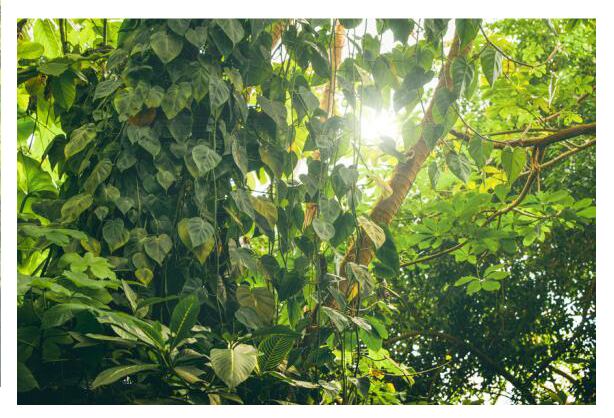Here we look at a number of diverse news article from the past year to illustrate different ways in which this trend is impacting the industry, from finished goods manufacturers all the way down to raw materials suppliers for both packaging and formulation.
Click on the sub-headers for each articles to read them in full, but here we compare and contrast how this economic system can help to eliminate waste and provide a continual use of resources that otherwise could go to land fill, or worse still end up as pollutants or contaminants.
Reusing, sharing, repairing, refurbishing, remanufacturing and recycling have all proved to be the key elements to this movement, which ultimately aims to reduce the number of resources used in the manufacturing process and reduce the impact on the environment.
So here are four highly varied examples of how the circular economy is being employed by businesses with that very aim:
Creating sustainable indie makeup
A seemingly infinite number of niche personal care, cosmetics, and fragrance brands have come to market under the guise of being sustainable, green, or otherwise better for the environment than the typical drug store or department store brand.
Here, Cosmetics Design looks at a selection of indie beauty brands that hope to be exemplars of green beauty, many of which are using elements of the circular economy to help improve their sustainability profiles.
In this article you will find out how retailers like Credo Beauty and Whole Foods, digital-first product discovery services like Beauty Heroes, and grassroots industry education initiatives like the Eco Well are all at work to define, discover, and deliver so-called clean and green beauty in the market place.
This article looks at how, stepping beyond packaging, beauty brands should 'embrace circularity' and look to alternative raw material sources for product development.
Significant opportunities exist for sustainable beauty development, from plastic-free and refillable packaging to circular raw materials, and the rethink must happen now, says Euromonitor International’s senior sustainability consultant.
In its recently published White Paper, Euromonitor International outlines key strategies brands could follow in the pursuit of sustainability. It also identified the most important consumer trends set to shape the future of sustainability: consumer activism, living with less and increased transparency demands.
BASF’s chemically recycled plastics
BASF is targeting the circular economy trend with its ChemCycling project, which helps turn waste plastic into new products.
Chemical recycling provides an innovative way to reutilize plastic waste that is often sent to landfill or burned with energy recovery.
Using thermochemical processes, such plastics can be utilized to produce syngas or oils, which the company says can be used as inputs in its own production processes, serving to reduce reliance on fossil resources.
The company claims that this is the first time manufactured products have been created from chemically recycled plastic waste, which makes it one of the global pioneers in the industry.
Waste ingredients are key to the circular economy
Food and agricultural side streams are extremely rich in components suitable for cosmetic applications, but a lack of extraction expertise, handling know-how and finance is holding back industry advances, say experts.
Think about coffee grounds – perhaps one of the most familiar ‘waste’ ingredients in the cosmetics space. But what about avocado stones, grape and mandarin skins, wheat bran, sugar beet bagasse and corn stover? Just a handful of the many alternative food and agricultural side streams with significant potential for cosmetics.
Dr. Richard Blackburn, director and co-founder of Keracol – the Leeds University-born company behind sustainable cosmetics brand Dr. Craft – said there was a “massive opportunity” to utilise waste and by-products in cosmetics, but efforts to tap into these resources remained scarce.
“If we look at all ingredients that are going into cosmetic products, it’s just a tiny fraction coming from waste products and by-products,” Blackburn told CosmeticsDesign.


